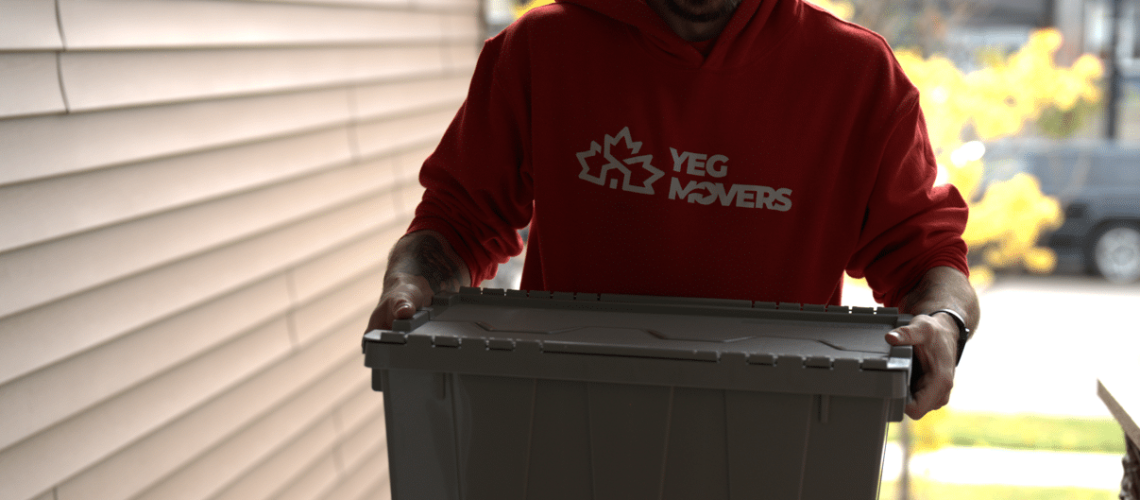Relocating with pet fish requires careful planning and attention to detail to ensure their safety and well-being. Working with an expert moving team can help ease this process, as they understand the challenges of transporting delicate aquatic ecosystems. From selecting proper containers to managing water quality and minimizing stress, each step must be handled with precision. This guide covers essential techniques to help your underwater companions transition smoothly to their new home.
Choosing the Right Containers
When relocating pet fish, select appropriate containers that provide adequate space and support for your aquatic animals throughout the moving process. Durable plastic bags designed specifically for fish transport work best. These bags should be thick enough to resist punctures and leaks during the journey. Before transferring fish, fill the bags with a mixture of water from the existing tank and fresh dechlorinated water to support a smooth transition.
Adding oxygen to the bags maintains proper levels for the fish. Accomplish this by partially filling bags with water, then inflating them with oxygen using a portable air pump. Secure the bags tightly to prevent spills or leaks during transportation.
Preparing the Aquarium
To ensure a smooth transition for pet fish during relocation, thoroughly prepare the aquarium for transport. Start by removing all decorations, including plants, rocks, and other items that might shift during transit. Wrap these items in damp towels to maintain moisture and prevent damage. Next, siphon approximately one-third to half of the tank water into clean, fish-safe containers. This reduces the tank’s weight and prevents spills during transportation.
Carefully catch the fish using a soft mesh net and place them in sturdy plastic bags filled with tank water. Ensure sufficient air remains in the bags before sealing them. Store the bags in a cooler to maintain stable temperature. Finally, drain the remaining water from the tank, taking care not to damage the filtration system.
Securing the Fish for Transport
When securing fish for transport, prioritize their safety and well-being throughout the journey. Use appropriate containers that allow comfortable movement while preventing injury. Fish bags or containers with lids featuring air holes work well for this purpose. Properly acclimate fish before placing them in transport containers to reduce stress.
Position containers securely within your vehicle, avoiding direct sunlight and temperature extremes. Pad containers with towels or blankets to stabilize them and minimize movement. Check on your fish regularly throughout the journey to monitor their condition. These precautions help transport your fish safely and reduce anxiety.
Maintaining Water Quality
Maintaining optimal water conditions is crucial for fish health during transportation. Consider these three important steps:
- Monitor Ammonia Levels: Ammonia toxicity increases rapidly in confined spaces. Test water before departing and use ammonia neutralizing products to control levels during transport.
- Maintain Oxygen Levels: Fish require consistent oxygen supply. Use battery-operated air pumps or oxygen tablets to prevent depletion and reduce stress during the move.
- Stabilize pH Levels: Sudden pH changes harm fish health. Adjust pH to match the original aquarium conditions before transport. Consider using stabilizers to maintain consistent levels throughout the journey.
Minimizing Stress During the Move
Creating a calm, secure environment for your pet fish significantly reduces stress during relocation. Keep fish in quiet areas with minimal disturbances while preparing to move. Monitor water temperature and oxygen levels frequently, using battery-operated pumps and insulated containers to maintain stable conditions.
Dim aquarium lights and cover transport containers to create security for your fish. Skip feeding for 24-48 hours before moving to maintain water quality and prevent contamination from uneaten food. Secure all containers to prevent movement during transit.
Check fish periodically during transport without causing disruption. Upon arrival, gradually acclimate fish to their new environment. Following these guidelines helps keep your aquatic pets healthy and calm throughout the moving process.
Other Related Articles:
– How to Pack Legos for Moving
– How to Disassemble a Peloton Bike for Moving


